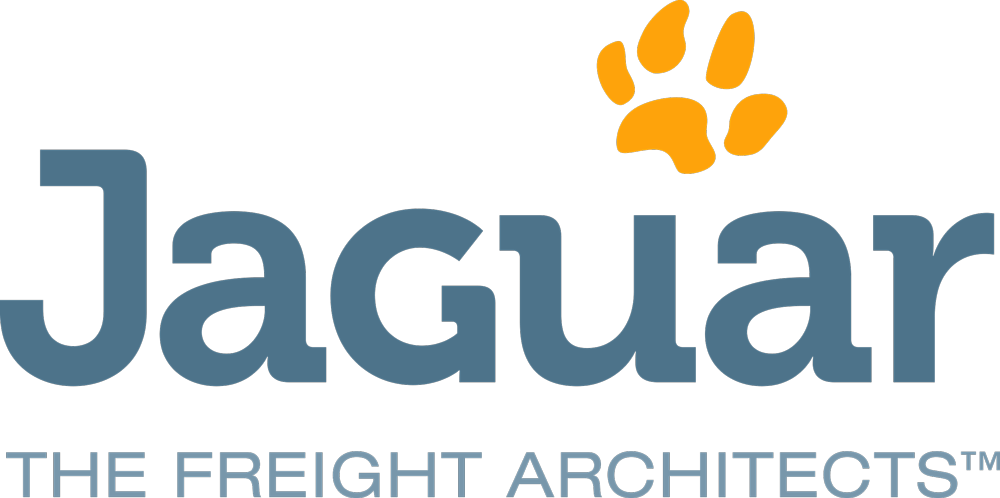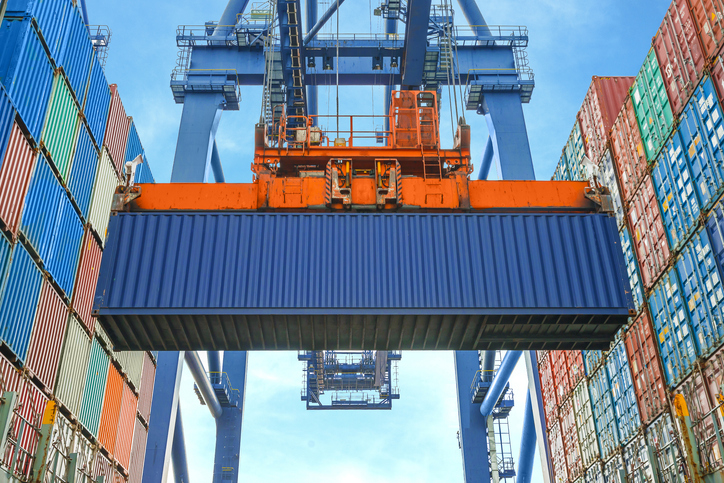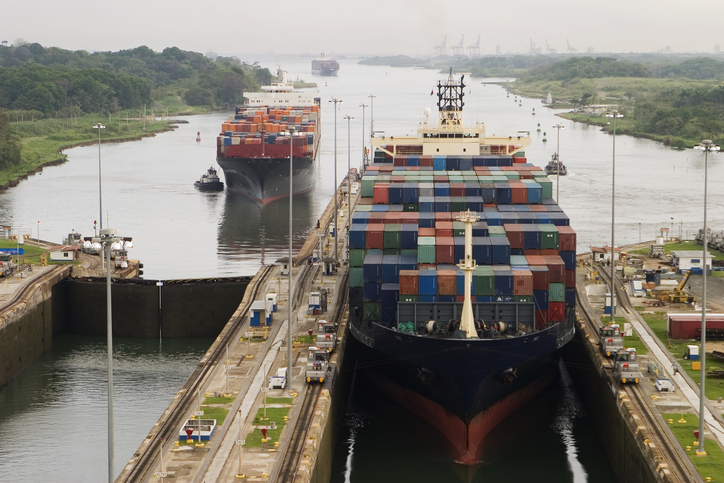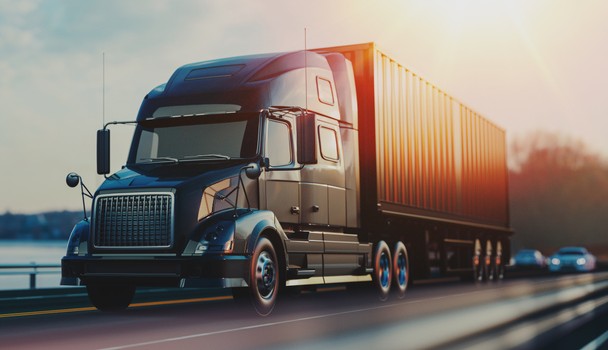
The Weekly Roar
In this week’s Roar: The top supply chain events of 2024, increasing coastal container imports, Trump and the Panama Canal, the pace of AI adoption, and rising costs in the trucking industry.
2024 was another year of supply chain turmoil. The industry faced natural—and unnatural—disasters and labor disputes. Specifically, the Francis Scott Key Bridge collapse in Baltimore and Houthi-led attacks on cargo ships in the Red Sea. As far as labor disputes, there were strikes in Canada’s rail and U.S. port sectors. Weather events included a Taiwan earthquake that impacted semiconductor production, Hurricane Helene, and other tornadoes that created further supply challenges. All of these things underscore the vulnerabilities of the global logistics infrastructure.
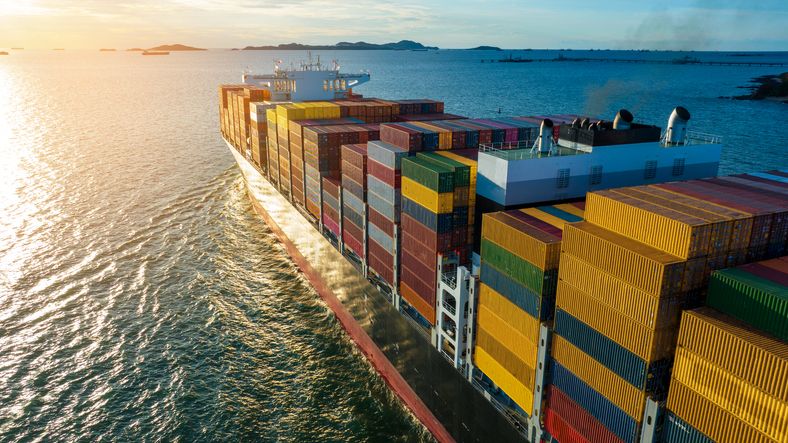 The US is seeing a historic increase in the number of coastal container imports. Some reasons include shifts in trade patterns, demand fluctuations, and changing logistics strategies. For instance, East and Gulf Coast ports are gaining prominence over traditional West Coast hubs due to infrastructure enhancements and trade route changes. These new trends are an indication of how the supply chain is adapting to evolving dynamics in global trade and operational challenges.
The US is seeing a historic increase in the number of coastal container imports. Some reasons include shifts in trade patterns, demand fluctuations, and changing logistics strategies. For instance, East and Gulf Coast ports are gaining prominence over traditional West Coast hubs due to infrastructure enhancements and trade route changes. These new trends are an indication of how the supply chain is adapting to evolving dynamics in global trade and operational challenges.
President-elect Donald Trump recently voiced a suggestion that the U.S. might seek to regain control of the Panama Canal, citing high fees as a concern. In reply, Panama’s President José Raúl Mulino stated that would be a violation of sovereignty. Trump’s comments were made during a rally where he also promised he would close US borders and boost the economy. In his words, “I can proudly proclaim that the Golden Age of America is upon us.”
The adoption of AI within the industry could be transformative, but the wheels of change often grind slowly. The reality is that things like infrastructure challenges, high costs, and workforce adaptation have slowed down widespread AI integration. Regardless, there is evidence that technologies such as predictive analytics, machine learning, and robotics are enhancing efficiency, visibility, and decision-making across a number of supply chain processes. Having said that, industry leaders are urging caution when estimating short-term impacts, looking at long-term benefits and alignment instead.
Things are getting costly for the US trucking industry. Data from the American Transportation Research Institute (ATRI) points to several factors. These include congestion on highways, which added $109 billion in costs in 2022, averaging out to $7,500 per truck. Congestion hours did decrease from 2021, but operating costs were up by 21.6%, mostly due to rising diesel prices, limited truck availability, and higher driver wages. 6.4 billion gallons of diesel fuel were wasted as trucks sat idle in congestion, at a cost of $32 billion.
For the rest of the week’s top shipping news, check out the article highlights below.

